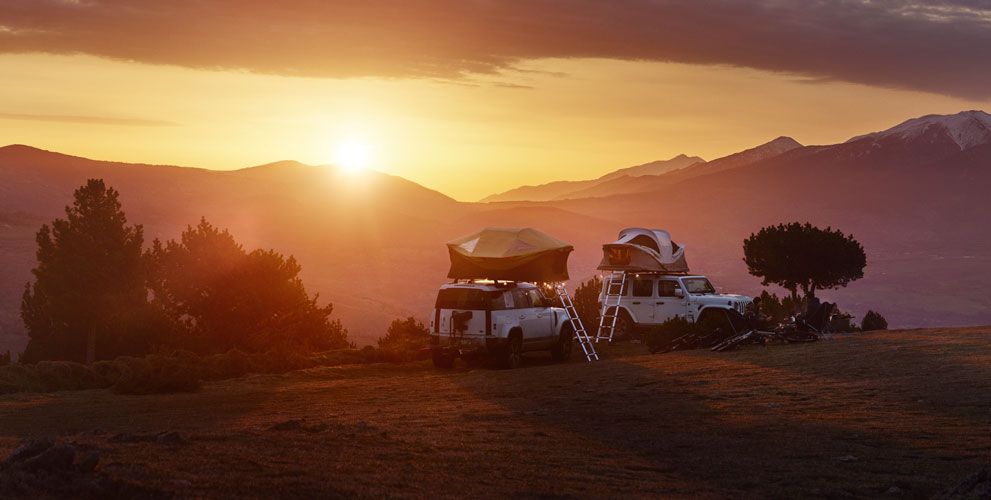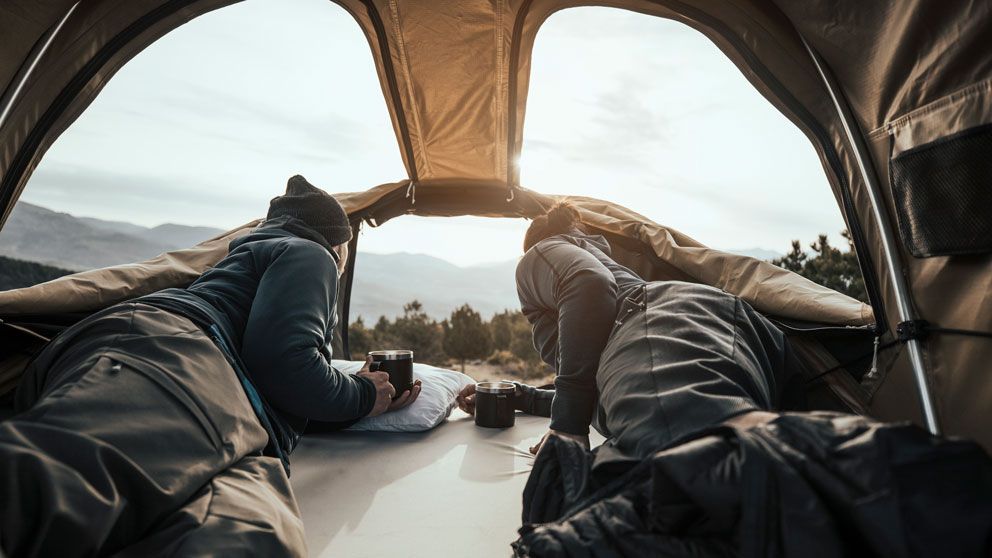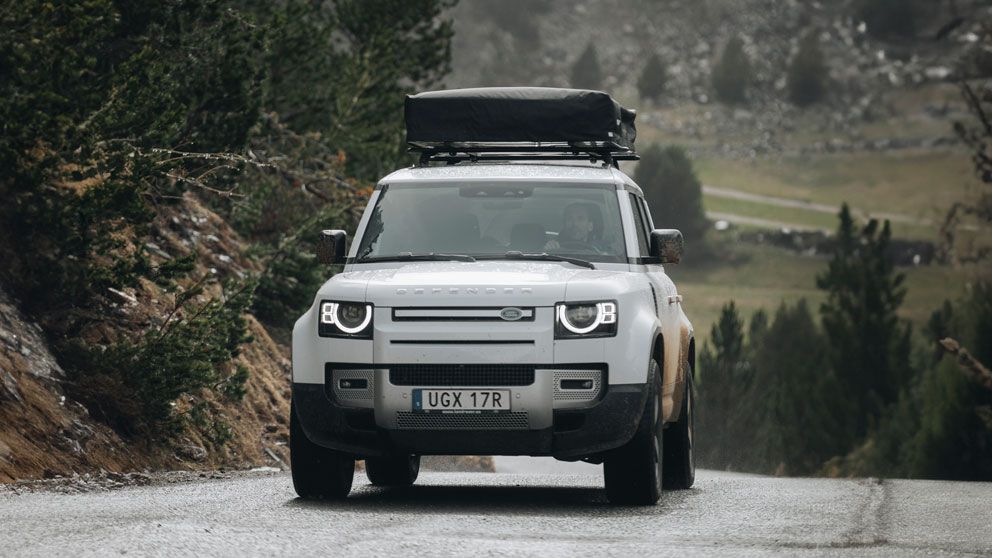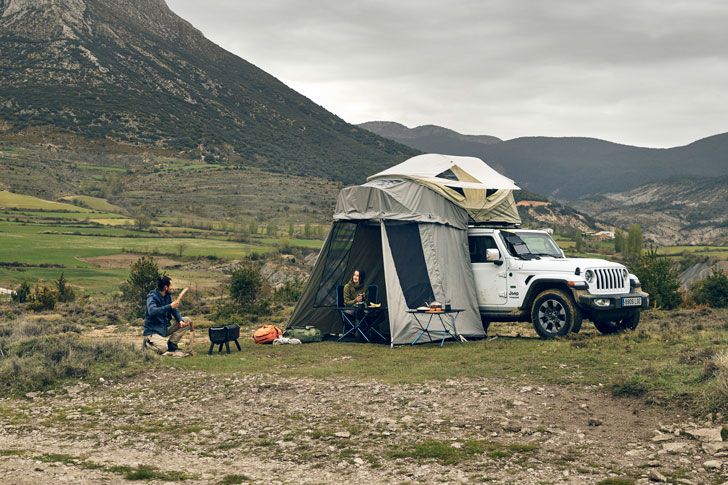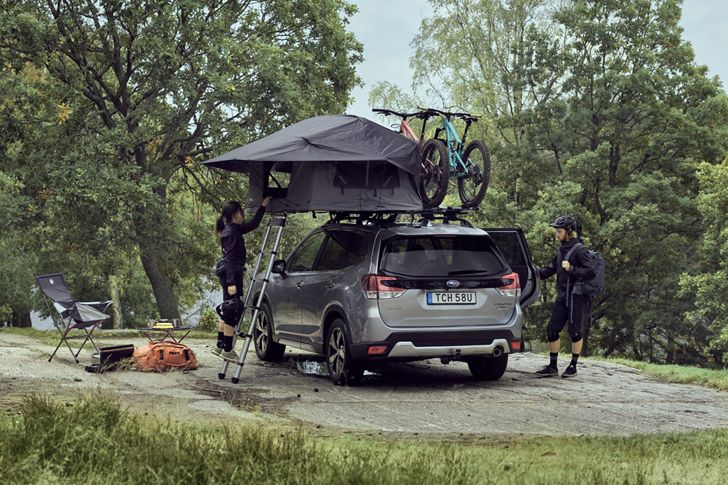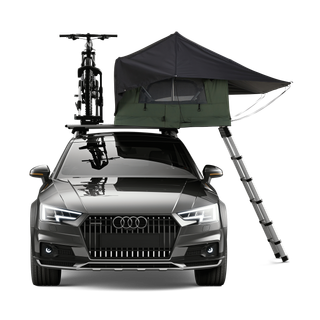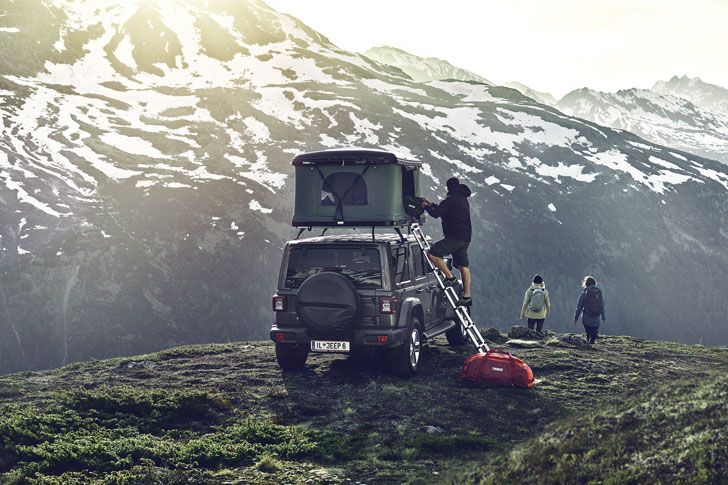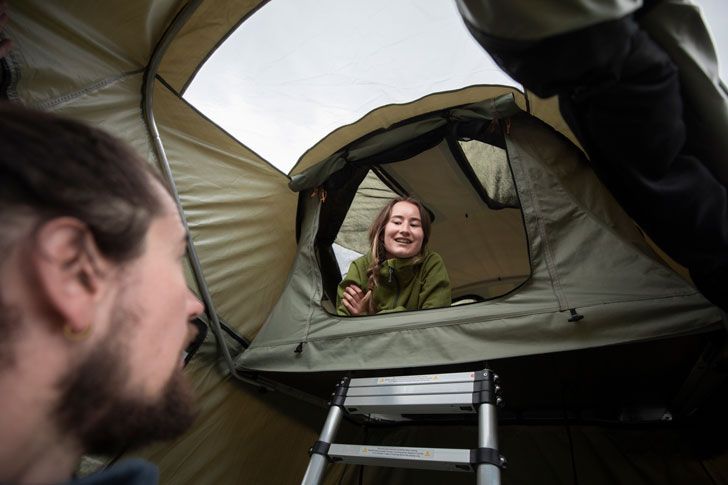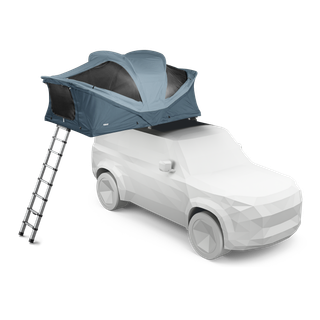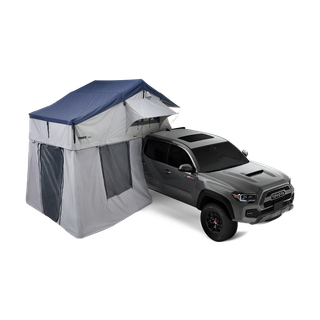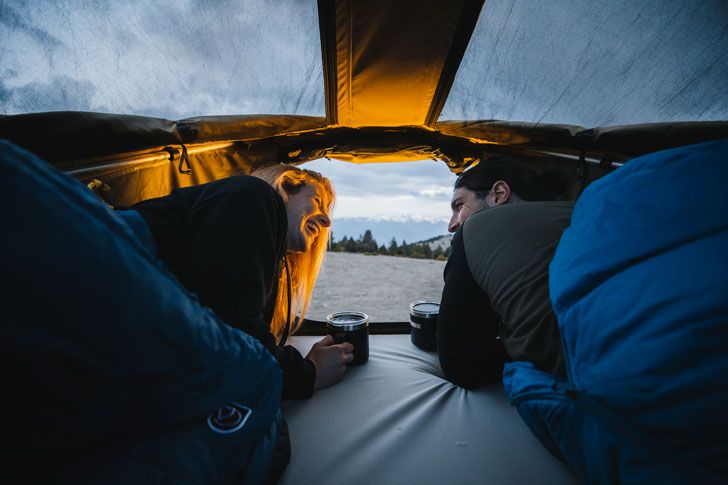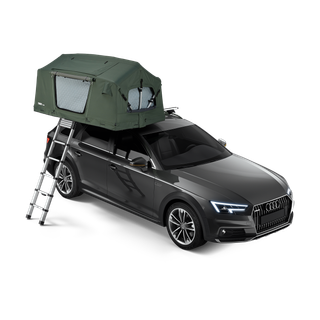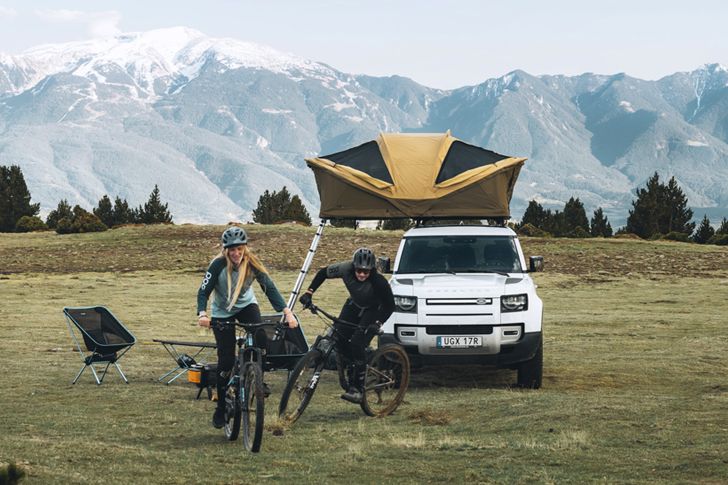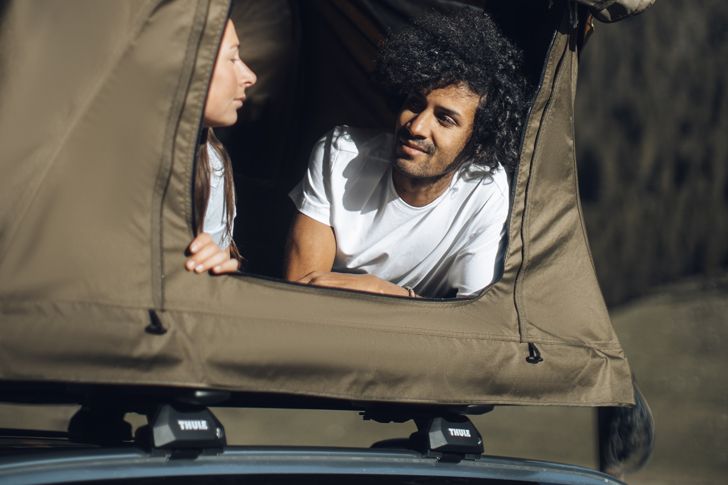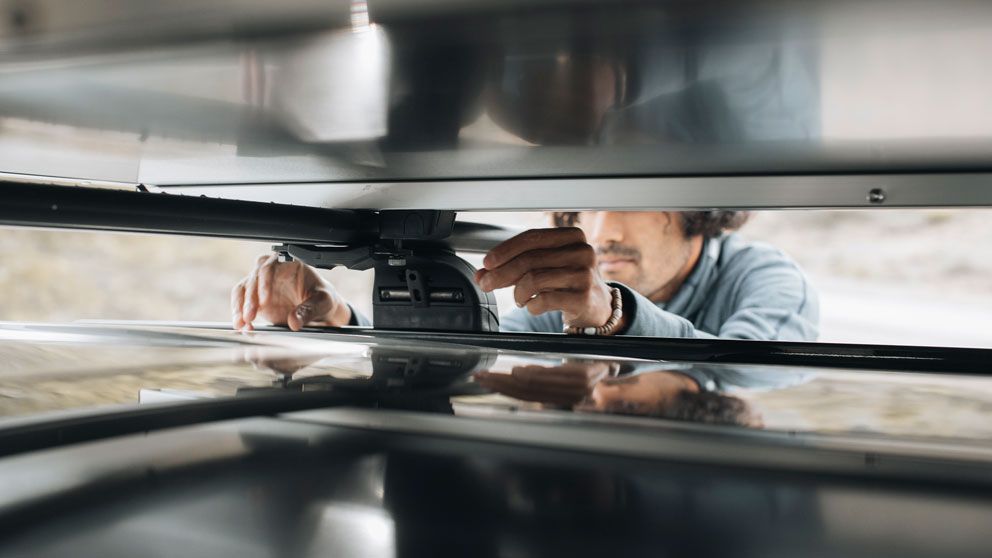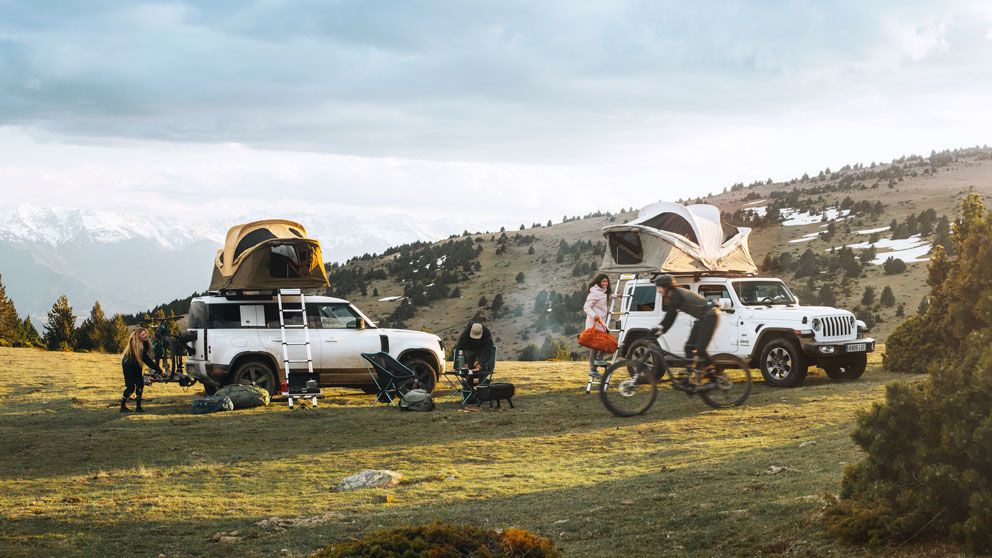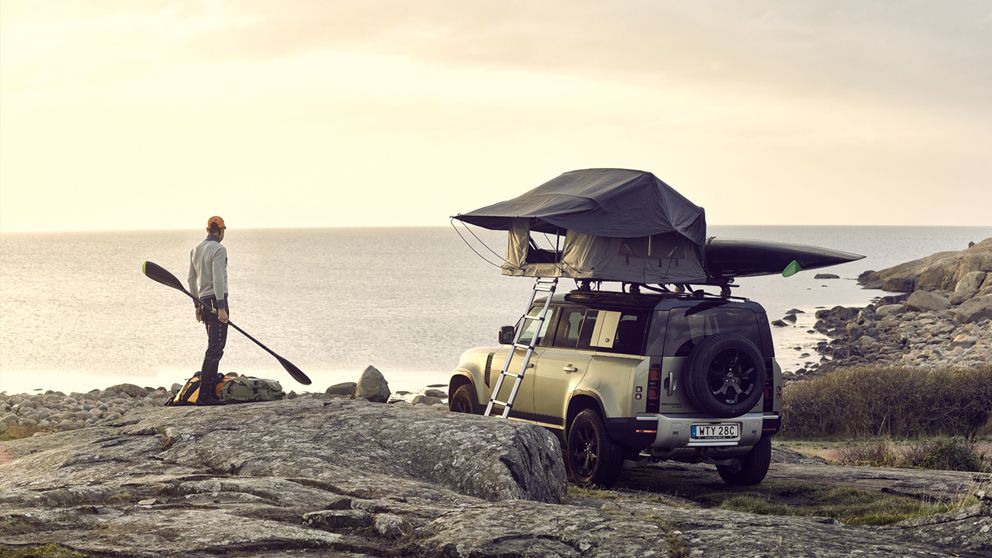How do you choose a rooftop tent? And how do you make sure it fits your car? We answer these questions and more!
Roof top tents are made for campers who love adventure. Their quick set-up time means you can camp easily anywhere, and their durable construction makes them the perfect for the wilderness.
So is it time to ditch your tent on the cold, muddy ground and climb up among the treetops? Well, before you do, there are a lot of things to keep in mind. Our complete guide will help you answer any pressing questions.
In this article:
